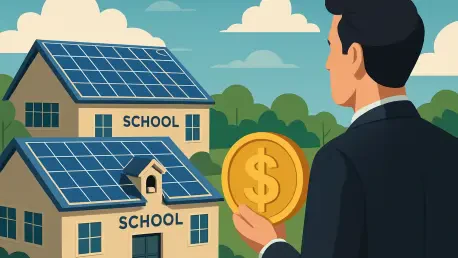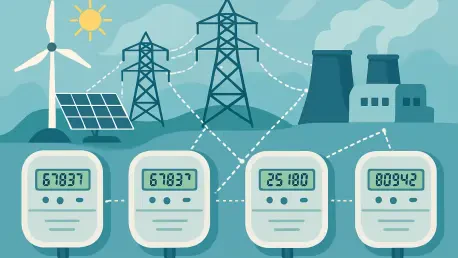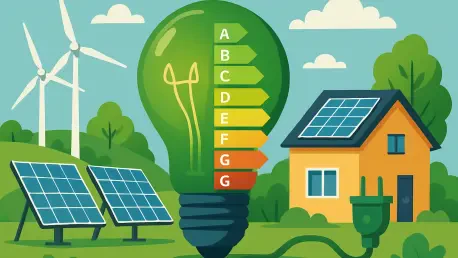
In a landscape where energy costs continue to challenge public institutions, a staggering £100 million investment by Great British Energy (GB Energy) to install solar photovoltaic (PV) systems at 255 schools across England marks a pivotal shift. This bold initiative not only addresses the pressing

In the heart of Upstate New York, a quiet revolution is unfolding as energy infrastructure undergoes a significant transformation with the introduction of advanced technology, reshaping how energy is consumed and managed. National Grid, a leading energy provider in the region, has embarked on an

In an era where the aviation industry faces mounting pressure to curb carbon emissions, a groundbreaking collaboration has emerged to address one of the sector's most pressing challenges, marking a significant step forward. The partnership between BGN INT US LLC, a Houston-based global energy and

In a world increasingly burdened by the twin challenges of escalating climate change and soaring energy demands, a groundbreaking initiative has emerged to offer a viable solution that could reshape our future. At the 30th Conference of the Parties (COP30) held in Belém, Brazil, on November 18, a

In the heart of New Jersey, a mounting crisis over skyrocketing energy costs has left residents grappling with financial strain and ignited a firestorm of public frustration, pushing the issue to the forefront of political and social discourse. Electric and gas bills have surged dramatically,

In the quiet town of Frome, Somerset, UK, a storm of controversy has erupted over a proposed battery energy storage site (BESS) on land north of Styles Close, nestled uncomfortably close to a residential neighborhood. These systems, crucial for capturing electricity during low-demand periods and